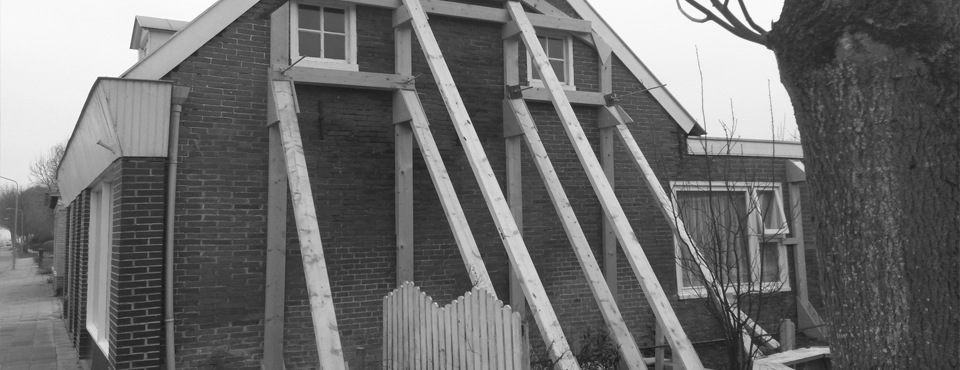
Housing values, gas extraction and earthquakes
[click here for the paper]
[klik hier voor het Nederlandstalige bericht]
The production of natural gas has grown rapidly in recent years. For example, in the United States the total shale gas production has increased with almost 900 percent in the last six years. Recent developments in hydraulic fracturing (’fracking’) and horizontal drilling have made many gas reserves an economically viable alternative to the extraction of conventional fossil fuels. However, gas extraction imposes a substantial number of negative effects on the surroundings, due to noise and air pollution, a reduction in aesthetic appeal of the environment and ground water contamination. The long-term negative effects and the impacts on the local environment of gas extraction, however, have been hardly studied.
In a recent paper, we focus on the long-term effects of natural gas extraction in the Netherlands, specifically in the province of Groningen in the northern part. One important issue is that natural gas extraction has an impact on seismic activity many years after the extraction has begun due to soil subsidence. We analyse the negative economic effects of these induced earthquakes on house prices. We believe that the main effect we measure are the negative effects of costs related to discomfort of an increasing number of earthquakes with an unknown magnitude occurring in the future, because earthquake damage is generally compensated by the NAM. Indeed, a report shows that houses in Groningen that have experienced damage due to earthquakes do not sell for significantly lower prices.
About a quarter of European natural gas reserves can be found in Groningen. Natural gas is predominantly extracted by a regulated monopolist, the Dutch Petroleum Company (NAM). Only during the last two decades (so after three decades of extraction), an increasing number of earthquakes have been recorded. The main issue in this research is that house price differences across space may be caused by other things and not necessarily by earthquakes. For example, many municipalities in the northern part of the Netherlands face low, or even negative, population growth. In this research, we control for (1) all factors that are fixed over time, (2) changes in housing characteristics (such as the size or the number of rooms), (3) changes in neighbourhood characteristics (such as population density and demographic composition) and (4) the number of weak earthquakes that cannot be felt in the neighourhood. Conditional on weak earthquakes occurring at a given location, we show that stronger noticeable earthquakes occur as good as random over space, which makes it likely that we have controlled for essentially all important factors.
The results indicate that earthquakes with a magnitude above 2.2 generate price decreases of 1.2 percent of the house price. Of course, this effect decays with distance to the epicentre. This estimate implies that the average non-monetary costs of a noticeable earthquake are about € 2.5 thousand per property per noticeable earthquake. The total non-monetary costs of induced earthquakes for Groningen are about € 150 million, or € 500 per household. We continue to show that the annual non-monetary costs are in the same order of magnitude as the past monetary costs due to damage: the baseline estimate suggests that the total annual non-monetary costs are around € 10 million. The results are robust to a wide range of sensitivity checks, such as including data from Drenthe and Friesland. We also have some other interesting findings. The price effects of earthquakes are for example somewhat stronger for historic buildings and in built-up areas. Maybe surprisingly, we do not find effects of earthquakes on selling times of properties.
One of the policy consequences of this analysis is that the external costs of induced earthquakes should be internalised, for example by introducing an (additional) fee for gas extraction.
